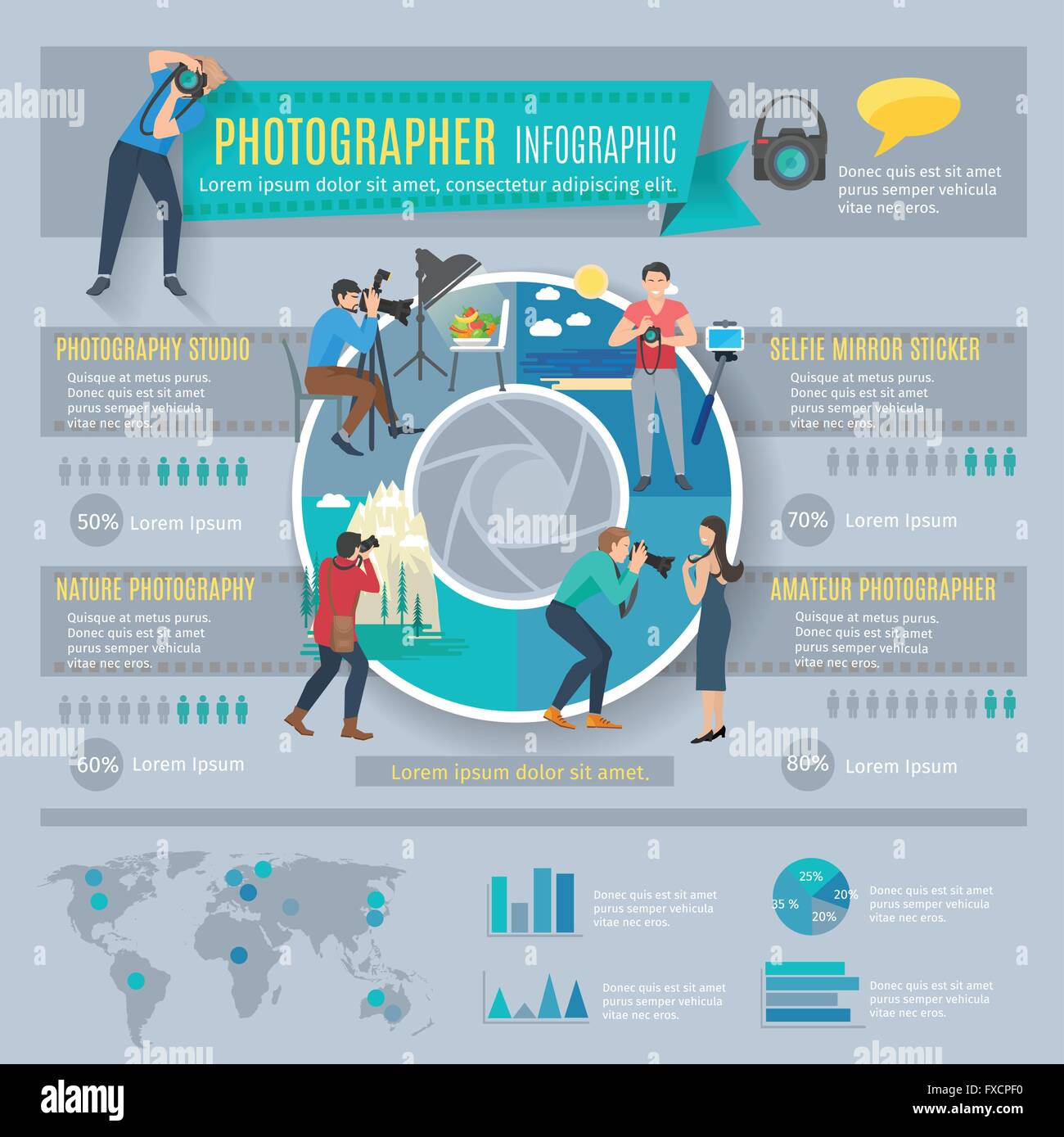Join Us To Uncover Crucial Photography Tips That Will Certainly Open Your Camera'S Capacity-- Prepare To Record Sensational Pictures Quickly!
Join Us To Uncover Crucial Photography Tips That Will Certainly Open Your Camera'S Capacity-- Prepare To Record Sensational Pictures Quickly!
Blog Article
Published By-Grant Dalton
When you initially grab your electronic camera, it can really feel frustrating with all the setups and alternatives available. You could find yourself asking yourself how to navigate aperture, shutter rate, and ISO effectively. Understanding these fundamentals is important, yet there's more to photography than simply technical knowledge. Comprehending composition strategies and illumination conditions can raise your photos considerably. So, suppose you could discover easy approaches to enhance your abilities and begin catching excellent images quicker than you assume? Let's discover exactly how to change you can look here .
Recognizing Camera Setups
Comprehending your electronic camera setups is important for catching magnificent pictures. When you get your camera, acquaint on your own with the three primary settings: aperture, shutter rate, and ISO. Each plays an important duty in exactly how your pictures turn out.
Beginning with aperture, which controls the amount of light entering the lens. https://squareblogs.net/hilario339rana/essential-digital-photography-equipment-what-you-truly-required-to-begin (lower f-number) allows extra light and develops a gorgeous history blur, excellent for pictures. On the other hand, a narrower aperture (greater f-number) keeps more of the scene in emphasis, perfect for landscapes.
Next, pop over here on shutter rate. This setting establishes for how long your electronic camera's sensor is exposed to light. A fast shutter rate freezes movement, which is wonderful for activity shots, while a slow shutter rate can develop sensational impacts like smooth water in landscapes.
Lastly, adjust your ISO. This setting influences your cam's sensitivity to light. A higher ISO serves in low-light circumstances yet can introduce sound or grain. Go for the lowest ISO feasible while still attaining correct direct exposure.
Structure Strategies
When you're out capturing, make-up can make all the difference in exactly how your pictures resonate with viewers. Beginning by using the policy of thirds; imagine your frame separated into nine equal sections with 2 straight and 2 upright lines. Position crucial elements along these lines or at their intersections to create balance and passion.
Next, consider leading lines. These all-natural lines in your scene, like roads or rivers, draw the visitor's eye into the picture, assisting them through the tale you're informing.
Don't forget framing; use components within your scene, like trees or windows, to create a framework around your topic, adding depth and focus.
Likewise, keep an eye on your history. A cluttered background can sidetrack from your main topic, while a basic one helps it attract attention.
Lastly, trying out proportion and patterns; they can produce a striking image that records attention.
Learning Lighting Conditions
Grasping lights conditions is important for recording sensational pictures, as the right light can transform a regular scene into something remarkable.
Begin by observing natural light at various times of the day. Early mornings and late afternoons use the very best light, called the gold hour. The soft, cozy tones during these times can enhance your pictures wonderfully.
Don't shy away from cloudy days either; diffused light can lessen harsh darkness and develop a pleasing impact, particularly for portraits.
Experiment with backlighting by placing your subject against the source of light. This technique can create a wonderful halo result and include depth to your images.
Focus on your electronic camera settings also. Adjust the ISO, aperture, and shutter speed to match the lighting conditions. A greater ISO can help in reduced light, but beware of grain.
Make use of a tripod in darker atmospheres to stay clear of blur.
Lastly, do not forget artificial illumination. Flash and continuous lights can be terrific devices for regulating light in tough conditions.
Conclusion
To conclude, understanding your electronic camera doesn't have to be overwhelming. By recognizing your setups, applying composition techniques, and utilizing the power of natural light, you'll quickly elevate your digital photography skills. Remember, exercise makes perfect, so go out there and experiment with your newfound understanding. With mouse click the next page and commitment, you'll be recording spectacular pictures that reflect your distinct viewpoint. Enjoy the journey, and do not neglect to have fun while you go to it!
